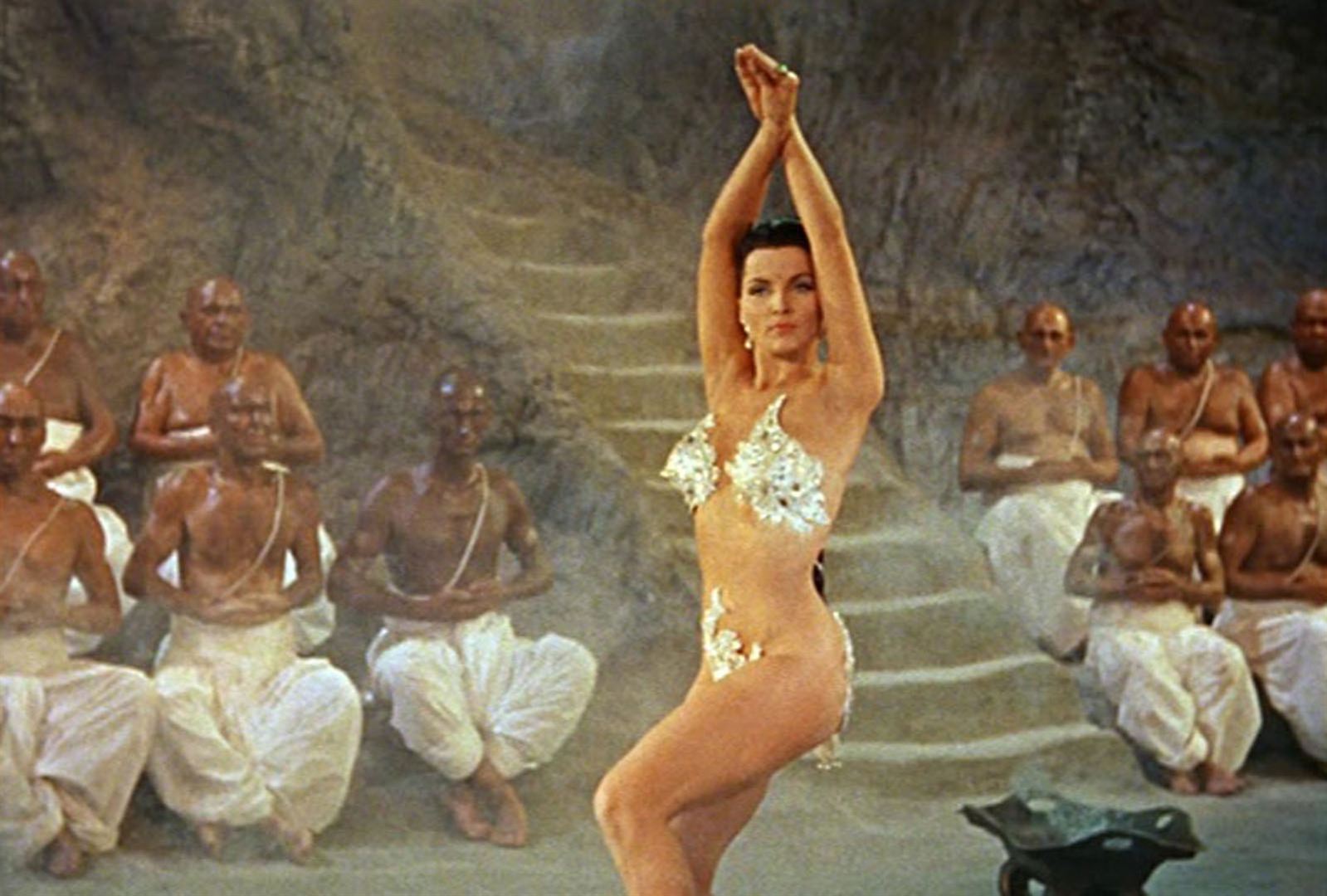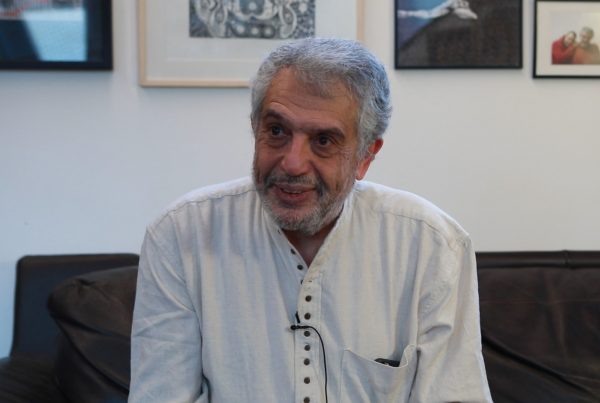The Tiger of Eschnapur & The Tomb of Love – The doomed temple
Last movies by Fritz Lang, this diptych with great show from 1959 is released in a restored version. A Baroque masterpiece that inspired many directors of blockbusters. Explanations.
By Jacques Braunstein
![]() Reading time 3 min.
Reading time 3 min.
This two-part Baroque masterpiece tells the frustrated loves of a German architect and a sacred Indian dancer. Charged by the Maharadjah of Eschnapur to build him a modern hospital, Harold Berger falls in love with Seetha (Debra Paget) that the Maharadjah covets. Figure of the super villain falsely philosophical and progressive that evokes all the dictators of the twentieth century, the Maharadjah decides (in order to avenge) to immure alive the lovers in the cellars of the building that will become The Tomb of Love, giving its title to the second part of the movie.

As kitsch and demonstrative
as a Bollywood movie
Saturated and flamboyant Technicolor, tiger hunt and sensual dances, trances and great feelings, labyrinths that inspired Indiana Jones and the Temple of Doom, and reveal themselves filled with lepers… As kitsch and demonstrative as a Bollywood movie or a contemporary Chinese superproduction, The Tiger of Eschnapur & The Tomb of Love* have all of the mainstream entertainment.
And it’s almost with astonishment that we discover that they are signed by Fritz Lang, and even that they are his legacy (with the exception of a new version of Dr. Mabuse in 1960). A project that he cherished since he had co-written and wanted to direct their first versions in 1921. Back to Germany in 1956 after more than 20 years in Hollywood, Lang can finally work on this blockbuster project that would have been easier to imagine being produced across the Atlantic.
This diptych takes a fresh look at Lang’s work. The director of Metropolis considered as the outstanding figure of expressionism in cinema, the director adored by Godard (who makes him play in The Contempt), perhaps aspired to be a great storyteller, a magician somewhere between Méliès and Steven Spielberg. But his destiny marked by history draws a completely different director. The rise of Nazism (illustrated by M), the paranoia of McCarthyism while he was working in the United States (which is reflected in Moonfleet…) have made him the father of David Lynch or Tim Burton.
*Also available in Blue-ray disc at Wild Side
Voir aussi


